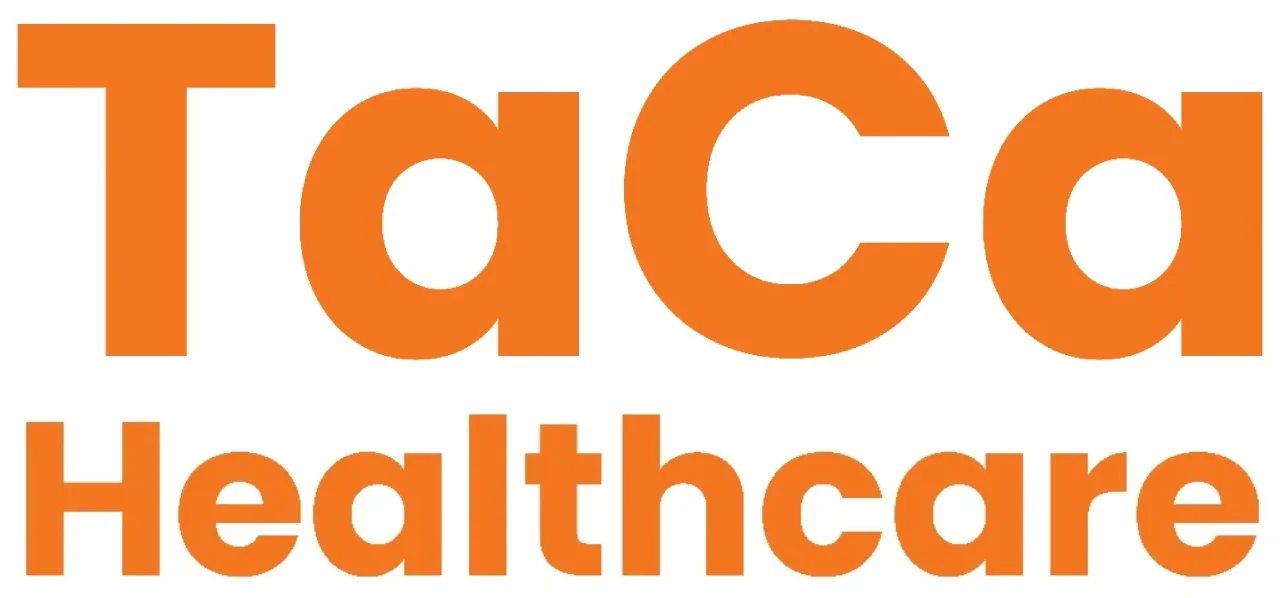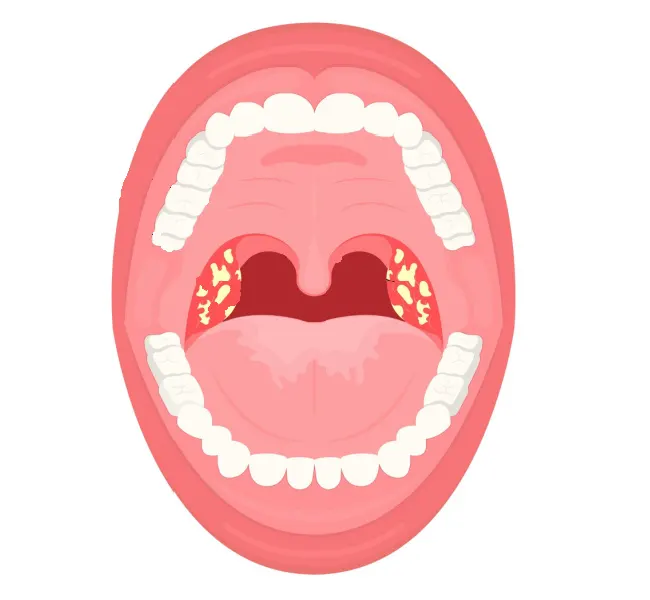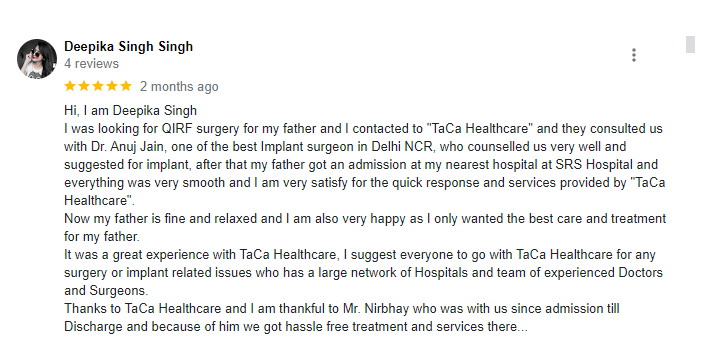About Adenoids and Tonsils Surgery
“Tonsils” may be defined as the tiny, rounded tissue fragments that are situated on both sides of the throat located in the back of the mouth. A “tonsillectomy” is a surgical procedure which is used to remove the tonsils when a person has tonsillitis or frequent infections that won’t go away in spite of using antibiotics. Similar to the tonsils, the “adenoids” may be defined as the glands which are located in the back of the nasal cavity. An “adenoidectomy” may be defined as a surgical procedure which is used for the removal of adenoids when a subject has had breathing problems or ear and sinus problems that won’t go away with antibiotics.
When adenoids and tonsils become large, inflammatory, and start to frequently become infected, they are frequently removed. Frequently, adenoids are taken out concurrently with tonsil removal and the procedure is known as a tonsillectomy and adenoidectomy, or T&A. The surgery is most commonly performed in children.
The tonsils and adenoids are among the lymphoid tissues (like the glands in the neck) that help in the body's defense against infection. In children, around the age of 3, these tissues naturally enlarge and typically diminish by age 7. The enlargement happens because children experience frequent colds and are exposed to numerous new infections at this age.
Types of Tonsils:
- Acute tonsillitis
- Chronic tonsillitis
- Recurring tonsillitis
Types of Adenoids:
- Acute adenoiditis
- Chronic Adenoiditis















